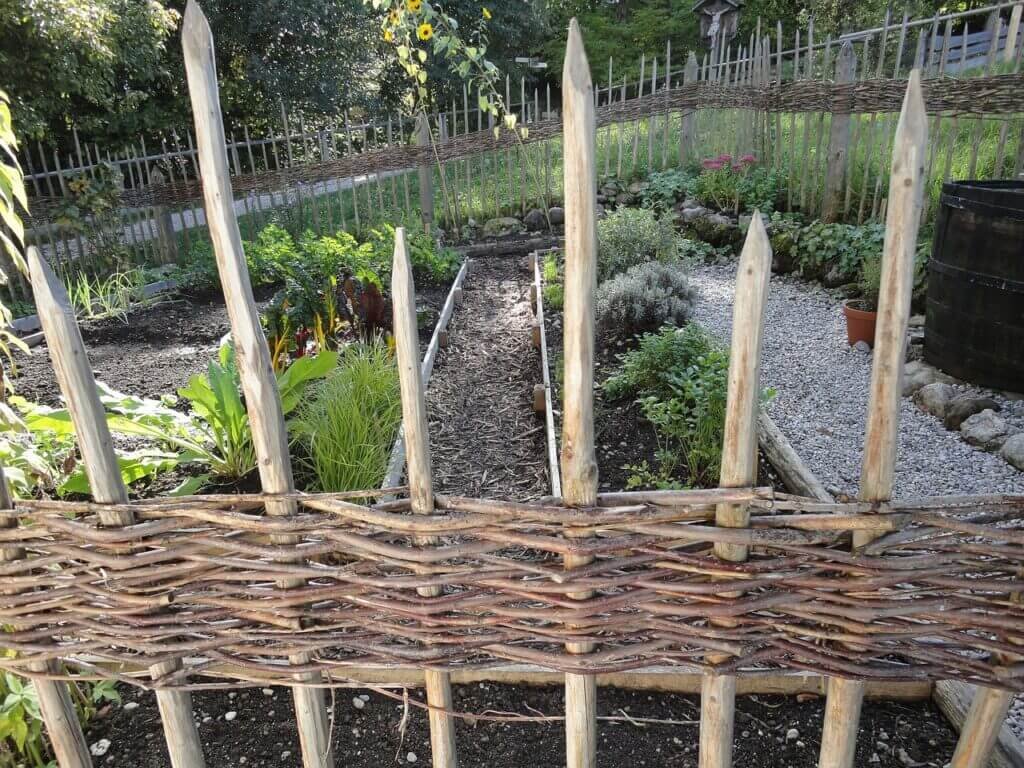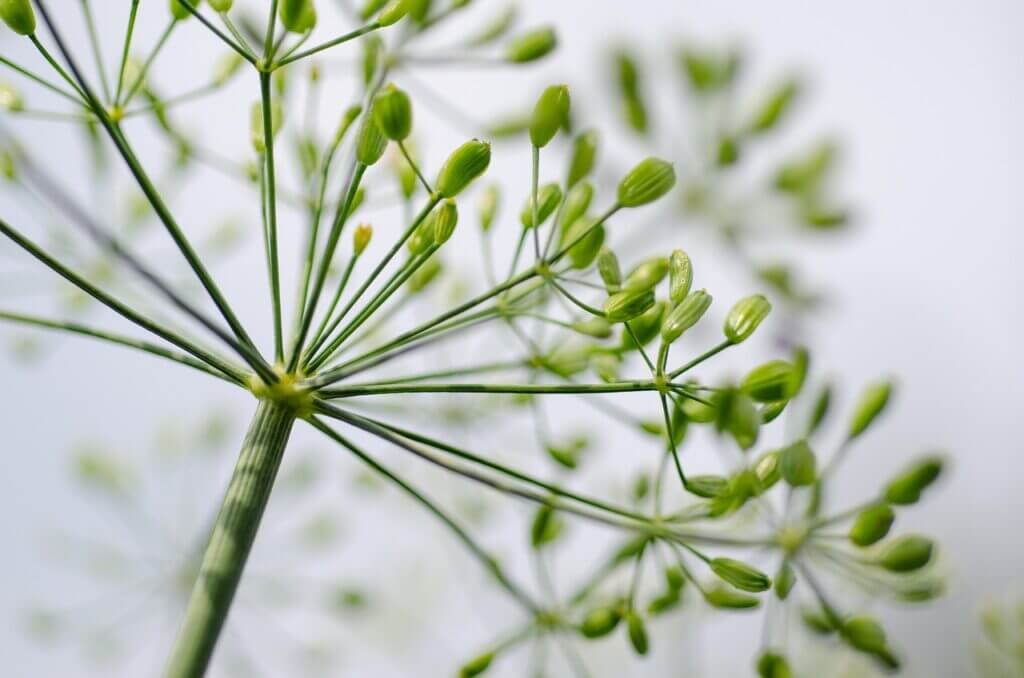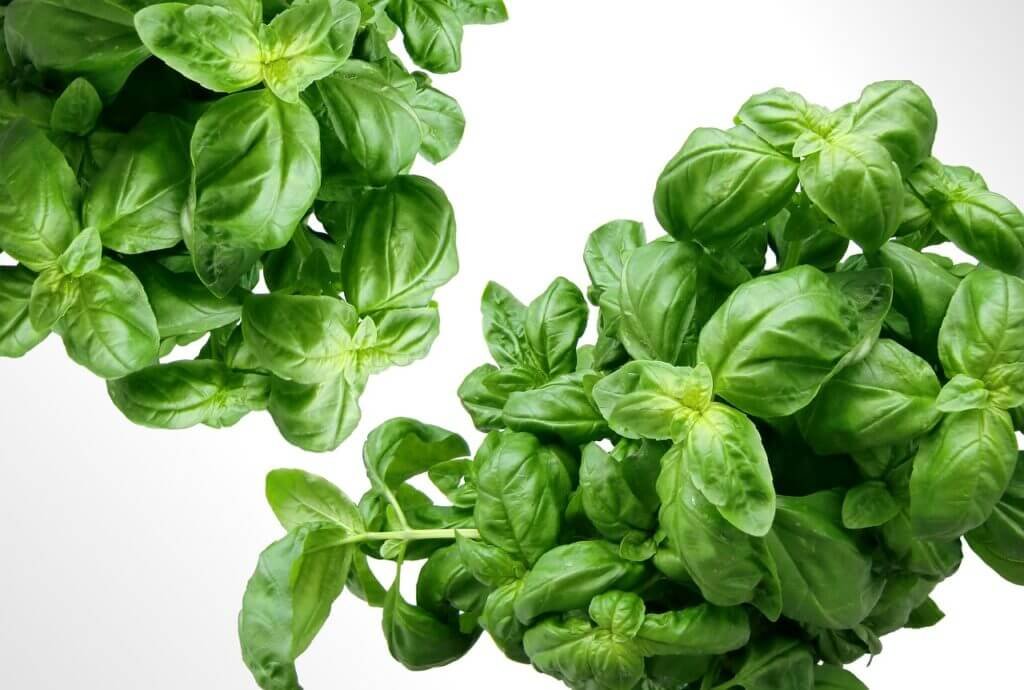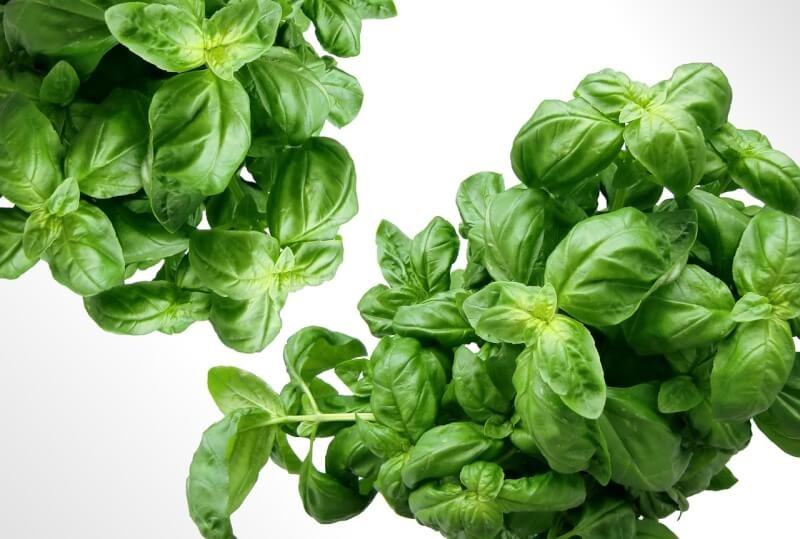Are you longing to add a touch of freshness and flavor to your city kitchen? Look no further, as we have the perfect solution for you: creating your very own herb garden! In this article, you will discover a variety of practical tips and creative ideas to help you cultivate a thriving herb garden right in the heart of your urban space. From choosing the right herbs to utilizing vertical planters, we will guide you step by step in transforming your city kitchen into a green oasis of aromatic delights. Get ready to harness your inner green thumb and embark on this rewarding journey of culinary exploration! Creating a herb garden in your city kitchen is a great way to bring the freshness and aroma of herbs into your cooking. With some careful planning and consideration, you can successfully grow a variety of herbs right in the comfort of your own home. In this article, we will guide you through the process of choosing the right herbs, selecting the ideal containers, preparing the soil, planting the herbs, caring for your garden, harvesting and pruning, dealing with pests and diseases, making the most of limited space, troubleshooting common issues, and enjoying the benefits of urban herb gardening.

Choosing the Right Herbs
When starting your herb garden, it’s important to choose the right herbs that complement your cooking and suit your personal preferences. Consider the available space in your kitchen and select herbs that can thrive in that environment. If you have limited space, opt for compact herbs like thyme, rosemary, and basil. These herbs not only add flavor to your dishes but also grow well in small containers or hanging baskets.
Pick herbs that you will use frequently in your cooking. Common herbs like parsley, cilantro, and mint are versatile and can be used in a wide range of dishes, adding freshness and fragrance to your meals. By selecting herbs that you frequently incorporate into your recipes, you’ll ensure that your herb garden stays productive and provides you with a steady supply of fresh ingredients.
Think about the growing conditions required for each herb. Some herbs, like basil and parsley, prefer full or partial sunlight, while others, such as mint and chives, can tolerate shadier spots. Consider the amount of sunlight your kitchen receives and choose herbs accordingly. By matching the growing conditions of your herbs with the available light, you’ll increase the chances of successful growth and a thriving herb garden.
Selecting the Ideal Containers
To create a herb garden in your city kitchen, it’s essential to select the right containers that fit within the available space. Evaluate the size of your kitchen and determine how much space you can allocate to your herb garden. If you have limited countertop space, consider utilizing vertical space by using hanging pots or wall-mounted herb gardens.
The amount of sunlight your kitchen receives will also dictate the type of containers you choose. If you have a kitchen with ample natural light, you can opt for ceramic or terracotta pots, which provide good insulation and add a decorative touch to your space. However, if your kitchen lacks direct sunlight, choose containers with reflective surfaces or light-colored pots to maximize the available light.
Ensure that the containers have good drainage to prevent waterlogged soil, which can lead to root rot and other plant diseases. Look for containers with drainage holes or add a layer of gravel at the bottom to improve drainage. Proper drainage is crucial for the overall health and longevity of your herbs.

Preparing the Soil
Before planting your chosen herbs, it’s important to prepare the soil to provide them with optimal growing conditions. Select a quality potting mix specifically formulated for herbs and ensure it is well-draining. Herb plants do not thrive in heavy or compacted soil, so a loose and well-aerated potting mix is essential.
To improve drainage in your containers, elevate them using pot feet or bricks to allow excess water to flow freely. Another option is to create a layer of gravel or small stones at the bottom of your containers before adding the potting mix. This will help prevent water from pooling at the bottom and ensure that your herbs’ roots do not become waterlogged.
Add organic matter such as compost or well-rotted manure to your potting mix to provide additional nutrients for your herbs. Organic matter helps to improve soil fertility, retain moisture, and promote healthy root growth. Incorporating this into your potting mix will create a nutrient-rich environment for your herbs to thrive.
Planting the Herbs
When it comes to planting your herbs, you have two options: starting from seeds or using transplants. Starting from seeds allows you to have a wider selection of herb varieties, but it requires more time and patience. If you choose to start from seeds, sow them according to the recommended spacing mentioned on the seed packet. Ensure that the soil is moist and cover the seeds lightly with a thin layer of potting mix.
If you prefer a quicker start or don’t have the time to grow herbs from seeds, opt for transplants from a local nursery or garden center. Transplants are already established plants, and by planting them directly in your containers, you’ll see results sooner. Follow the recommended spacing for the specific herb variety and gently remove the plant from its original container, being careful not to damage the roots. Place it in the prepared hole, firm the soil around it, and water thoroughly.
Once your herbs are planted, make sure to water them thoroughly. Herbs generally prefer consistently moist soil, but be careful not to overwater, as this can lead to root rot. Balancing the moisture levels is crucial for the health and growth of your herbs.

Caring for Your Herb Garden
To ensure the success of your herb garden, it’s important to provide ongoing care and attention. Monitor the moisture levels of the soil regularly by checking it with your finger. If the top inch of soil feels dry, it’s time to water your herbs. Consistent watering will help your herbs establish strong root systems and promote healthy growth.
Adequate sunlight is essential for your herbs’ photosynthesis process and overall well-being. Most herbs require at least 6-8 hours of sunlight per day, so place your containers near a window that receives ample light. If your kitchen lacks natural light, consider supplementing with artificial grow lights to ensure that your herbs are receiving the necessary light for optimal growth.
While herbs generally do not require frequent fertilization, occasional feeding can help promote healthy growth and improve flavor. Use a balanced, organic herb fertilizer and follow the manufacturer’s instructions for application. Avoid over-fertilizing, as this can lead to excessive growth and diminish the flavor of your herbs.
Harvesting and Pruning
One of the joys of having an herb garden is the ability to harvest fresh, flavorful herbs whenever you need them. Harvest your herbs at the right time to maximize their flavor and ensure continued growth. As a general rule, herbs should be harvested before they flower. Harvesting herbs regularly not only provides you with fresh ingredients for cooking but also encourages bushier and more productive growth.
Regular pruning is also important to prevent your herbs from becoming leggy or overgrown. Trim back the herbs regularly, removing any dead or yellowing leaves, as well as any long stems that are detracting from the plant’s overall appearance. Pruning redirects the energy of the plant towards healthy growth and helps maintain a compact and attractive herb garden.
Don’t let the pruned clippings go to waste! Use them in your cooking to add fresh flavors to your meals. Herbs like basil, parsley, and cilantro can be chopped and frozen for later use, allowing you to enjoy their flavors year-round.
Dealing with Pests and Diseases
Despite your best efforts, pests and diseases can occasionally find their way into your herb garden. It’s important to be able to identify common pests and diseases and take appropriate measures to address them. Common herb garden pests include aphids, whiteflies, and spider mites, while diseases like powdery mildew and root rot can also pose a threat.
Implement organic pest control methods such as introducing beneficial insects like ladybugs or using insecticidal soaps to control pests. Regularly inspect your herbs for any signs of infestation or disease, and take prompt action to prevent them from spreading. Maintaining good hygiene, providing proper airflow, and avoiding overwatering can help prevent the onset of diseases.
Taking preventive measures is also crucial to the health and productivity of your herb garden. Avoid overcrowding your containers as this can create damp and humid conditions favorable for pests and diseases. Rotate your herbs periodically to prevent the buildup of pests or diseases in the soil. Regularly remove any fallen leaves or debris from your containers to prevent the growth of harmful fungi or bacteria.
Making the Most of Limited Space
If you have limited space in your city kitchen, don’t worry! There are several creative solutions to make the most of the space you have and still enjoy a thriving herb garden. Utilize vertical space by installing wall-mounted herb gardens or using hanging pots. This not only saves counter space but also adds a decorative element to your kitchen.
Consider utilizing your window sills to create a mini herb garden. This allows you to maximize the available natural light while keeping your herbs within arm’s reach. Window sill gardens are particularly suitable for herbs like basil, chives, and thyme, which thrive in sunlight and can be easily accessed for cooking.
Troubleshooting Common Issues
While growing herbs in a city kitchen can be rewarding, it’s not without its challenges. Addressing common issues promptly will help you maintain a healthy and productive herb garden. Overwatering is a common problem that can lead to root rot and other issues. To address this, ensure that your containers have good drainage and adjust your watering schedule accordingly.
Leggy plants are another common issue. This occurs when herbs grow tall and spindly due to insufficient light. To solve this problem, ensure that your herbs are receiving adequate sunlight or consider supplementing with artificial grow lights. Regular pruning also helps to promote bushier growth and prevent leggy plants.
If your kitchen lacks sufficient sunlight, explore alternative options like using reflectors or mirrors to redirect natural light towards your herbs. Additionally, you can choose herbs that are more tolerant of shade or invest in artificial grow lights to provide the necessary light for your herbs to thrive.
Enjoying the Benefits of Urban Herb Gardening
Creating a herb garden in your city kitchen offers numerous benefits that go beyond fresh flavors in your cooking. By growing your own herbs, you’ll have a constant supply of fresh ingredients at your fingertips, eliminating the need to rely solely on store-bought herbs.
Having a herb garden in your kitchen also allows you to connect with nature and experience the joy of nurturing plants. The act of caring for your herbs and watching them grow can be soothing and therapeutic, providing a sense of calm and relaxation.
In addition to the culinary advantages, herbs also offer various health benefits. They are rich in vitamins, minerals, and antioxidants, which can boost your overall well-being. Incorporating fresh herbs into your meals not only enhances the taste but also contributes to a healthy lifestyle.
In conclusion, creating a herb garden in your city kitchen is a fulfilling and practical endeavor. By carefully choosing the right herbs, selecting appropriate containers, preparing the soil, planting and caring for your herbs, addressing common issues, and making the most of limited space, you can enjoy the pleasure of fresh herbs right in your own home. So roll up your sleeves, get your hands dirty, and start growing your own urban herb garden today!


